Effective Mole Trapping Solutions

Early spring is often ideal for mole trapping as activity begins to increase with warmer soil temperatures.

Late summer and fall can also be effective times due to increased tunneling activity before winter dormancy.
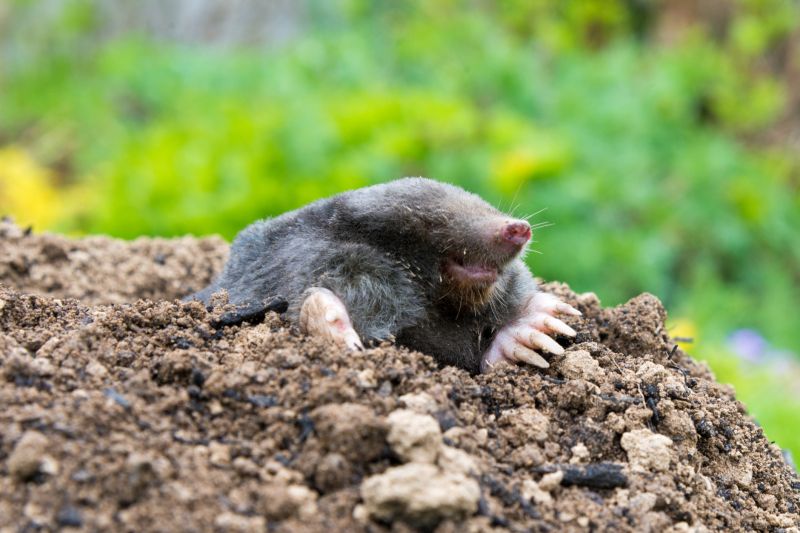
Optimal trapping times align with moist, loose soil conditions that facilitate mole movement and tunneling.
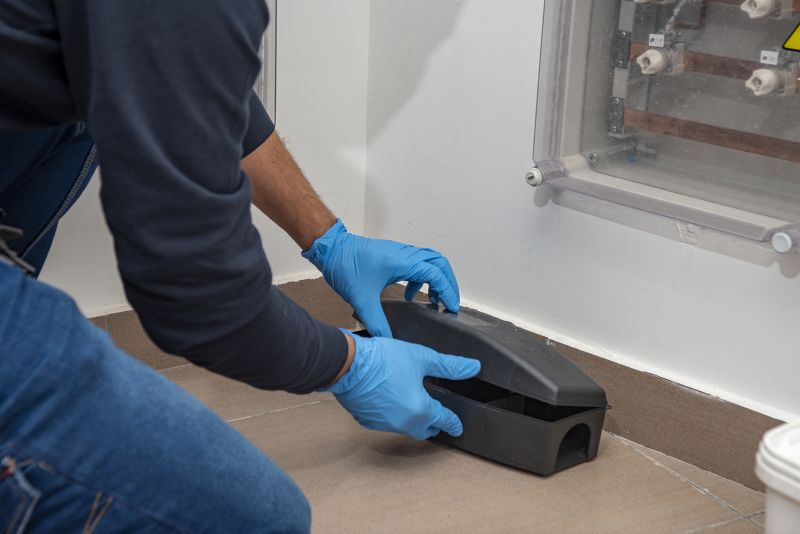
Ways to make Mole Trappings work in tight or awkward layouts.
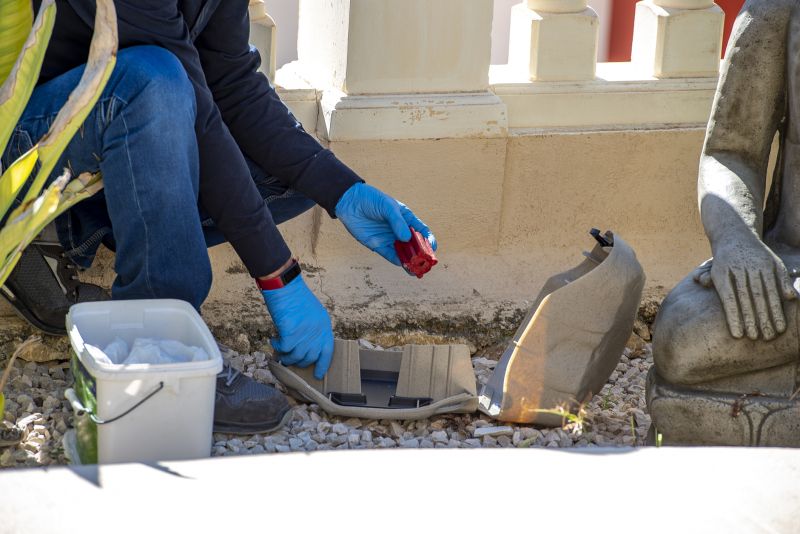
Popular materials for Mole Trappings and why they hold up over time.
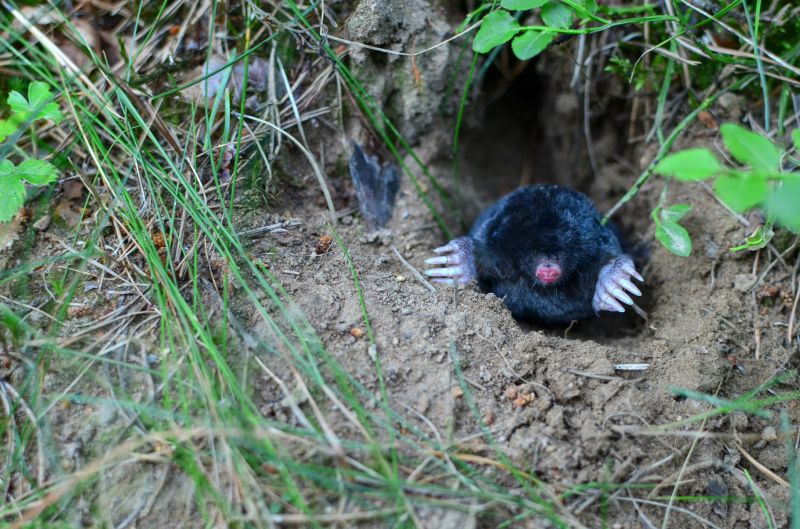
Simple add-ons that improve Mole Trappings without blowing the budget.
Mole trapping involves the removal of moles from residential or commercial properties through various methods, primarily trapping devices. Moles are subterranean mammals that create extensive tunnel systems, often damaging lawns and gardens. Effective trapping requires understanding their activity patterns, which are influenced by soil temperature, moisture, and food availability. Proper timing enhances the likelihood of successful removal, minimizing ongoing damage.
Statistics indicate that mole activity peaks during periods of moist soil conditions, typically in spring and fall. Trapping during these times can result in higher success rates, with some studies showing up to a 70% effectiveness when timed correctly. Moles tend to be most active during dawn and dusk, making these times ideal for setting traps. Understanding their habits and environmental preferences is essential for effective mole management.

Visible mole tunnels can indicate active areas suitable for trapping.
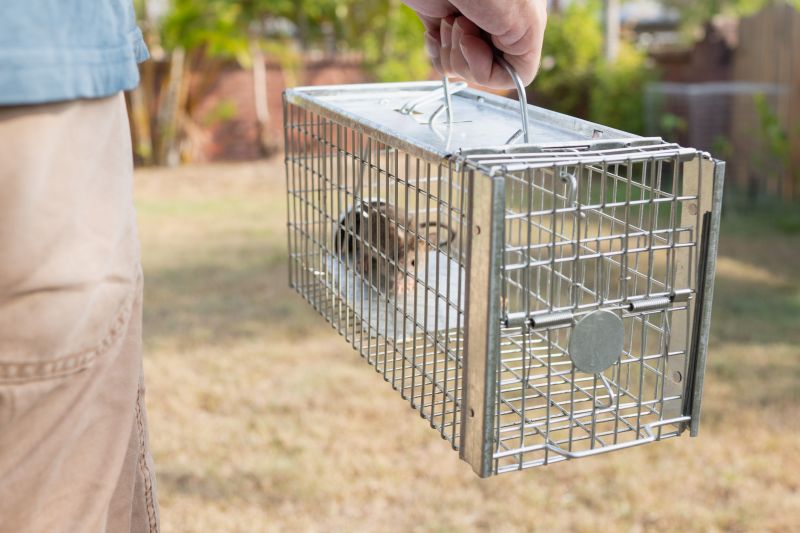
Various traps are employed to capture moles effectively.
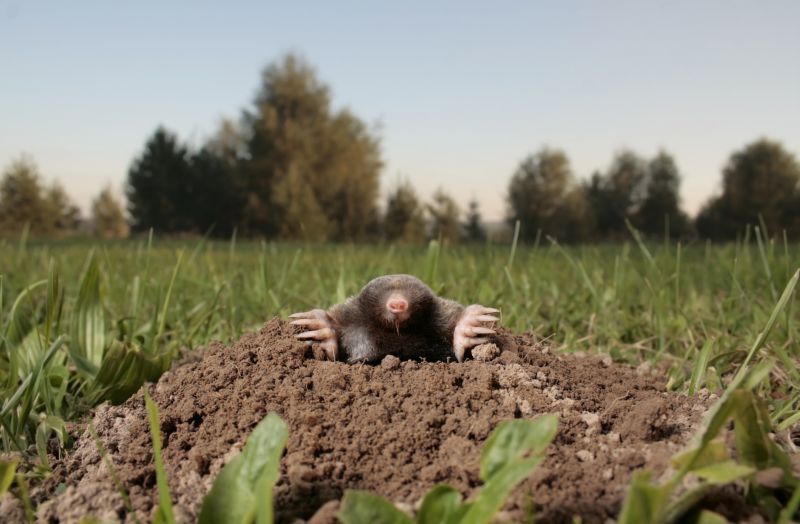
Loosened soil improves trap placement and success.
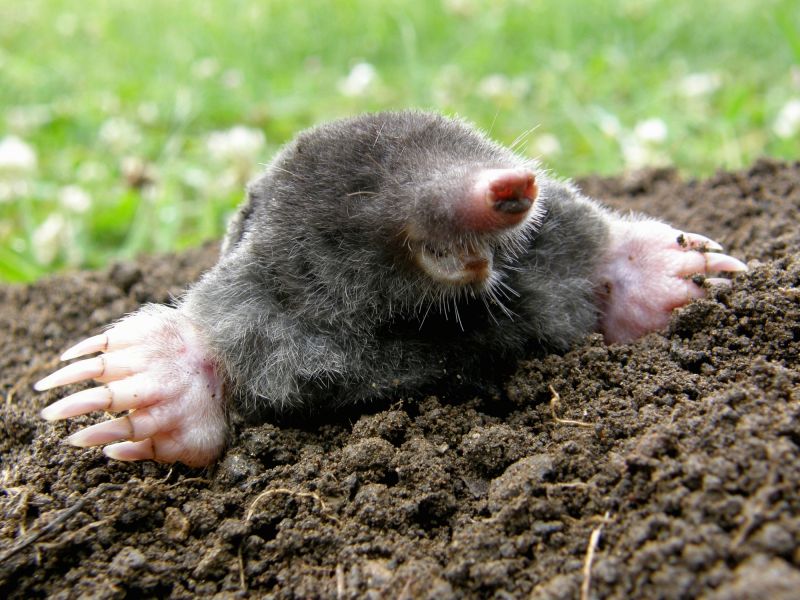
Ridges and mounds signal recent tunneling.
| Best Time for Mole Trappings | Key Factors |
|---|---|
| Early Spring | Soil is moist and temperatures are rising. |
| Late Summer and Fall | Increased tunneling activity before winter. |
| Dawn and Dusk | Moles are most active during these times. |
| Moist, Loose Soil Conditions | Facilitate tunneling and trapping success. |
| Avoid Hot, Dry Periods | Reduced mole activity during extreme heat. |
High-end options that actually feel worth it for Mole Trappings.
Finishes and colors that play nicely with Mole Trappings.
Little measurements that prevent headaches on Mole Trappings day.



